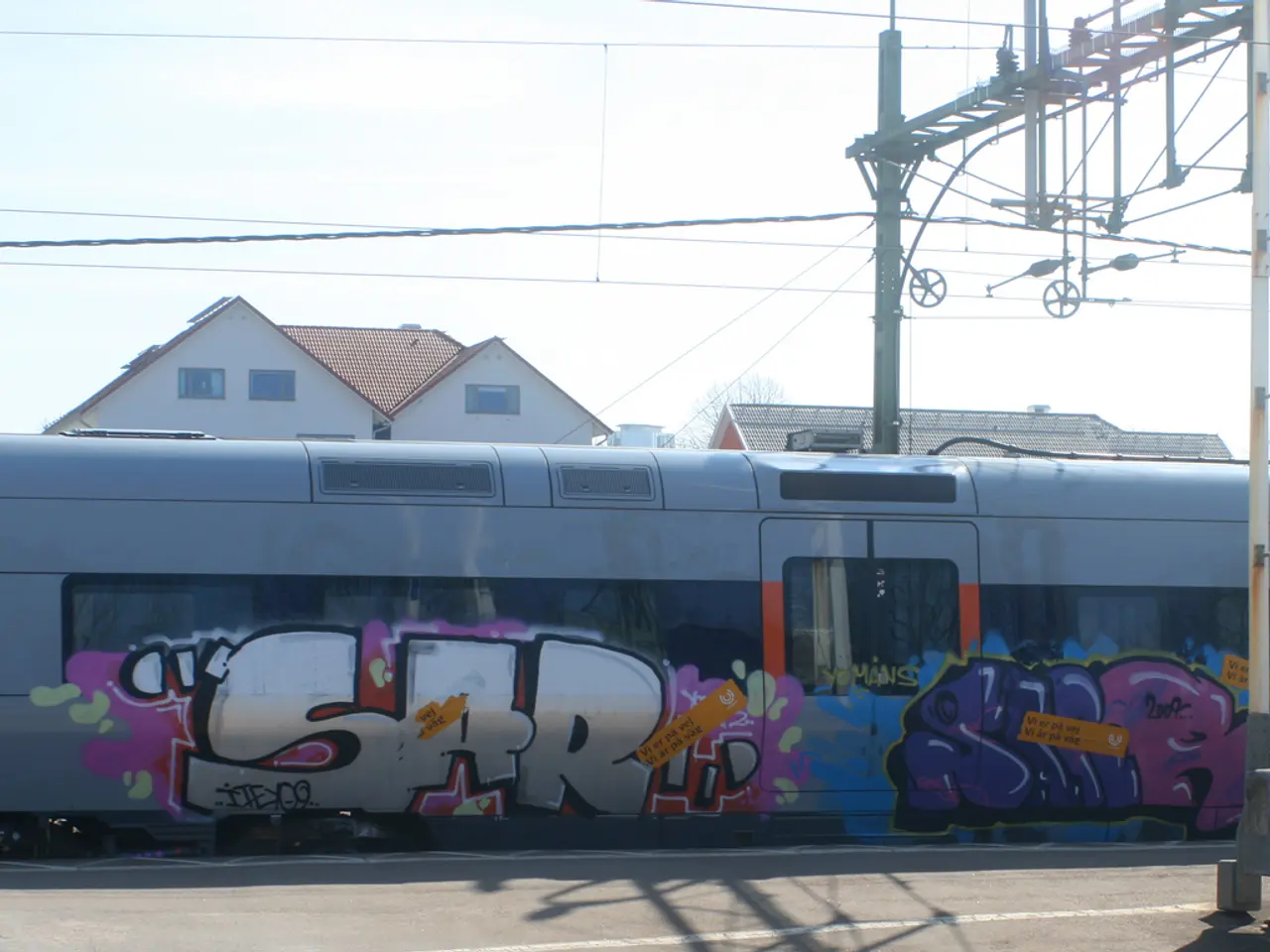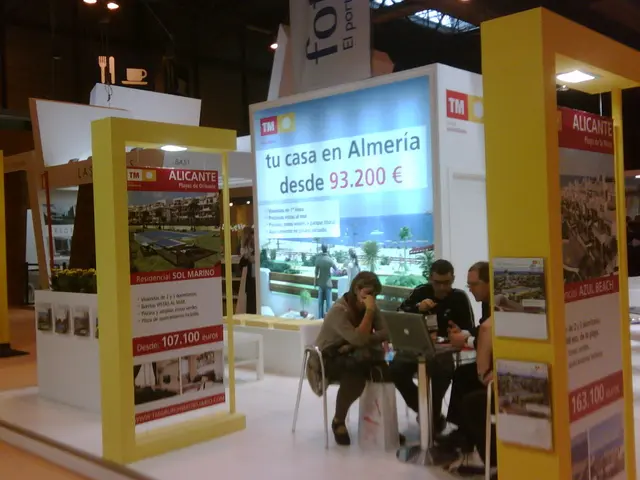Lisbon cable car malfunction leads to tragic accident, authorities confirm investigation
In the heart of Portugal's capital, a tragic incident occurred this week when a funicular, a popular mode of transport, crashed, resulting in 16 fatalities and approximately 20 injuries. The accident happened on Wednesday and has sent shockwaves through the city.
According to reports, the funicular crashed at a speed of 60 kilometers (37 miles) per hour. The cable linking two cabins disconnected shortly before the crash, but a visual check hours before the accident detected no anomalies in the vehicles' cable or braking systems.
The accident investigation bureau (GPIAAF) has stated that the scheduled maintenance plan was up to date, and a visual inspection had been conducted on the morning of the accident. The part of the funicular cable that had been checked before the incident was maintained according to protocols, including a general maintenance every four years with the last done in 2022 and an intermediate maintenance every two years. However, there is no specific detail on which exact cable section was inspected before the failure.
Four Portuguese victims were members of staff from the same social care institution located at the top of the steep side-road serviced by the funicular. Eleven foreign nationals were among the fatalities, adding a global dimension to the tragedy. At least 11 foreigners were also among the injured.
Local media have speculated about the cause of the crash, mentioning ruptured high-tension cables and maintenance work overseen by Lisbon's public transport operator Carris. However, it was not possible to visually inspect the condition of the section of the cable where it separated from the vehicle before the crash.
Carris' head, Pedro Bogas, has defended the company's equipment maintenance policy, insisting that procedures were "scrupulously followed". Portuguese media have published the report of the daily inspection conducted on the morning of the tragedy, indicating the operating system was running smoothly.
The GPIAAF plans to publish a preliminary report into the accident within 45 days. The investigation into the accident is being conducted by two separate entities: the accident investigators' office and the prosecutors' office. The GPIAAF has stated that the two investigations are independent of each other.
In the wake of the accident, it was reported that the number of passengers using the three funiculars operated by Carris in Lisbon increased by 53% between 2022 and 2024, reaching 1.5 million passengers last year. This growth in usage underscores the importance of ensuring the safety of these transportation systems.
As the investigation continues, the city of Lisbon and the world mourn the loss of life and extend their sympathies to the families and friends of those affected by this tragic event.








